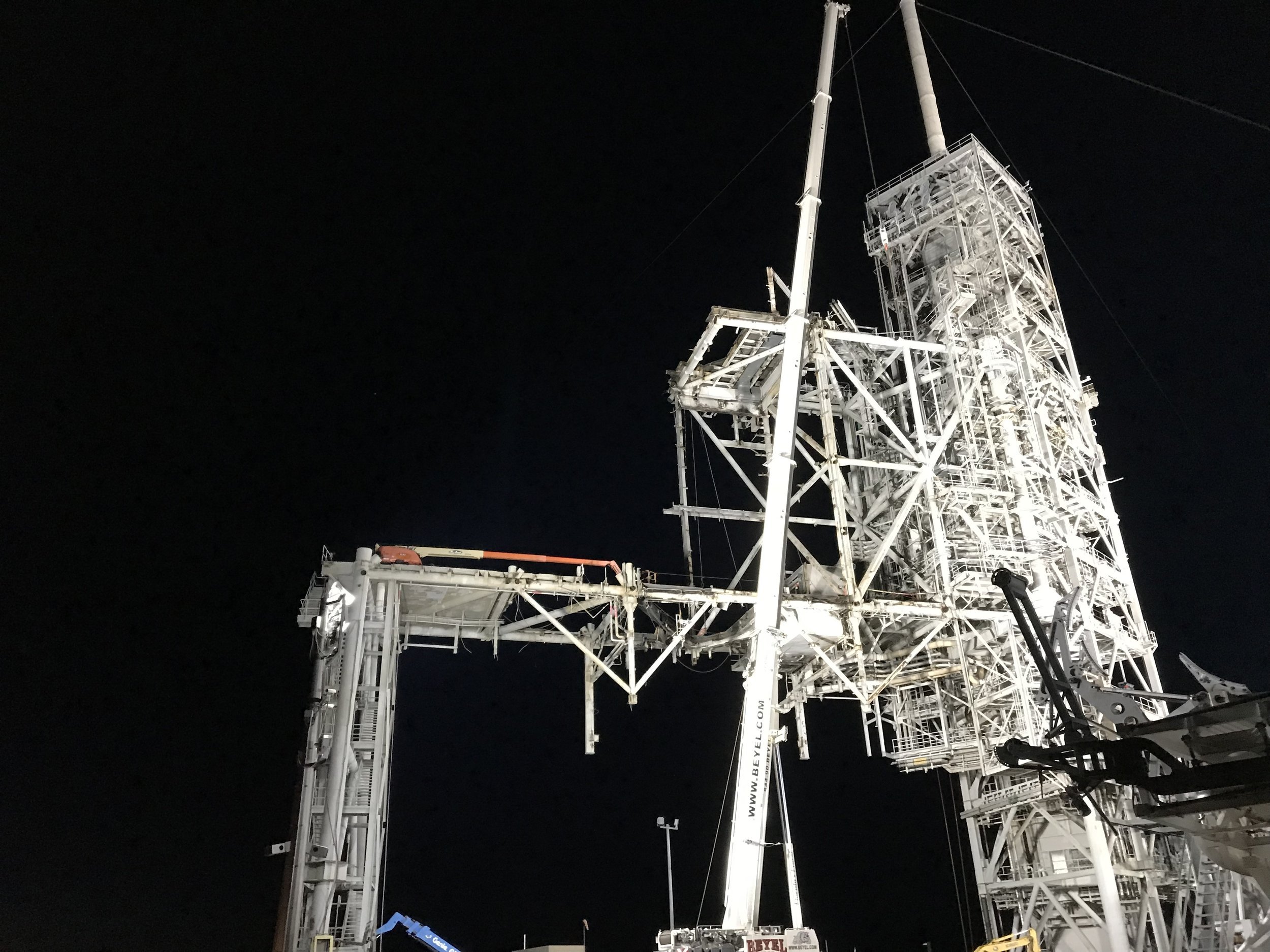
This isn’t a typical portfolio
This is a look behind the veil of big aerospace development projects, as well as my bootstrapped startup. Most of the big stuff is here, but because I don’t want to be sued into oblivion, not all the big stuff is here.*
I have to leave a little bit to the imagination, right?
*stuff like the first rough buildout of the LZ-1 landing pad, towing Falcon Heavy to the launch pad with winches because the tugs couldn’t make it up the hill, going to the Bahamas to recover stolen flight hardware, and testing the nets on the fairing catch ships with the Coast Guard — not to mention that non-disparagement agreement
The Launch Company
The Launch Company is a company I founded officially in 2019 that bootstrapped hardware to space from Alaska, which (I believe) was a first. We grew fast, servicing all the best new space companies around the US with flight hardware, ground systems, and expertise. In 2021 I sold the company, and in summer of 2023 I fully exited.
What can I say? Building a company was wild. It was simultaneously a ton of fun, a huge disappointment, an attempt to rewrite the culture around launching rockets, and a bold demonstration to fellow Alaskans that anything is possible up here. Pretty good for a company borne from a Maslowian desire to put diapers on my then-infant child and food on my table
The DARPA Launch Challenge
In the fall of 2018, I got a mysterious phone call from someone who’d just toured the Kodiak Launch Site and had a four-hour layover in Anchorage. He invited me to dinner and laid out the rough edge of what became the DLC: a competition between small satellite launchers to put up two satellites within 30-days of each other, with only 24 hours of notice, at multiple sites around the country. He asked if I wanted to join the government team to prep launch pads around the country for include and evaluate rocket companies for technical readiness. I was in.
Demolition of the Rotating Service Structure at LC-39A
After the SpaceX barge, I moved home to Alaska and started a drone service business, based on the experience I gained flying UAVs on barge missions. I quickly found myself in need of money, as the business didn’t exactly take off (pun).
Meanwhile, SpaceX had around 4 million pounds of leftover Space Shuttle tower rotting in the sea breeze on their crown jewel launch pad at LC-39A, and they needed it gone.
I called the only person I knew crazier than me — Lee Dragna, the eponymous proprietor and motive force behind LAD Services — to see if he had any ideas. He did. A month later, we started tearing down the tower at 10% the cost of the next nearest competing bid.
How did we do it? With cables, Cajuns, and most of a plan.
SpaceX Landing Barges: JRTI & OCISLY
I initially joined the SpaceX landing barge project on an 8-week contract to help “get things on track.” I had recently left SpaceX Vandy, moved to Seattle, and was looking for something to do. One year later, I woke up in a hotel room along a freeway in Jacksonville, Florida divorced, living out of a suitcase, and averaging 4 hours of sleep a night.
SpaceX SLC-4E Lead Engineer
I joined SpaceX in 2012 straight out of graduate school as a “Responsible Engineer” in charge of the ground TVC (thrust vector control) and acoustic water systems.
By the time I left two years later, I was the Lead Engineer, having led the field team in preparing the Falcon 9 for launch on the pad; the leader of the Red Team, a small team of technicians in charge of fixing any issues during the launch campaign; as well as responsible engineer for a handful more ground systems including RP-1 fuel and high-pressure nitrogen.






